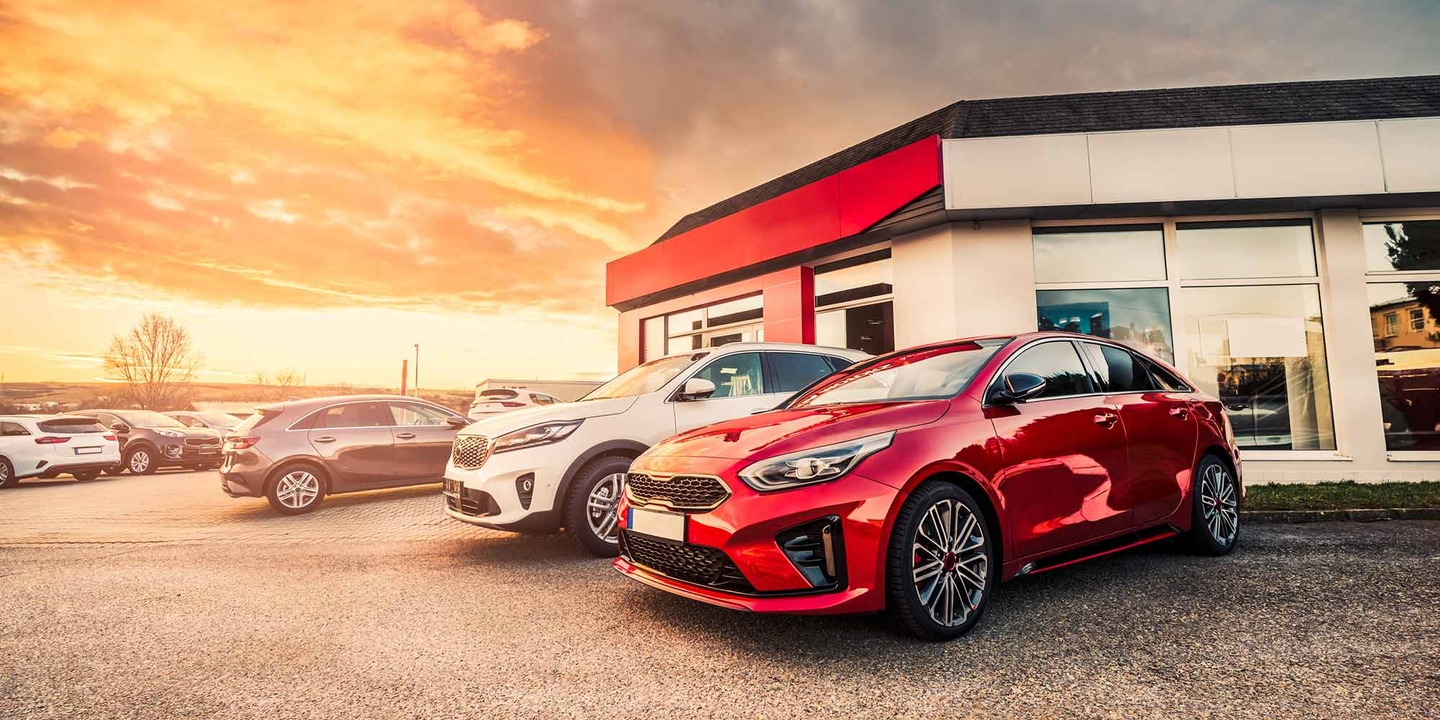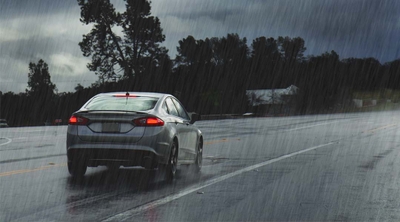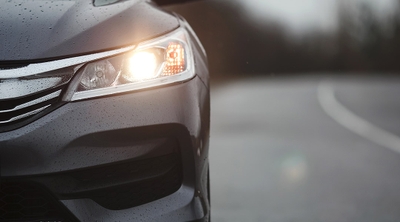Preventing sun damage to your car
3 min read
Most drivers are careful to keep their cars in good shape. Drivers may think car maintenance is limited to scheduled checks on the drivetrain and repairs when something goes wrong. But with cars lasting longer than ever, there are opportunities for your vehicle to be exposed to the elements for long periods. Sun damage on a car can happen in two ways. The first is the direct effects of heat or UV exposure on a car. The second is sunlight’s interactions with other substances that come in contact with the car.
Over time, UV rays and heat exposure can lead to paint fading and oxidation, upholstery damage, dashboard cracking, and other material breakdowns. Foreign substances like bird poop or dust can cause corrosive damage if left on the car too long, especially in the sun. Fortunately, there are easy, inexpensive ways to prevent or mitigate car sun damage.
How to protect your car from sun damage
Most car sun damage can be treated or prevented through regular car maintenance and good parking habits. You can protect your car from sun damage by maintaining both your car’s paint and the interior of your car. This includes parking indoors or in the shade, using a windshield screen or window screens, maintaining car seats and washing/waxing your car regularly.
Maintain your car’s paint job
When determining how to protect your car paint from sun damage, it’s important to understand the two ways the sun can damage your car’s paint job. Constant exposure to UV light can cause the paint’s clear coat to deteriorate (e.g., oxidation). This car sun damage happens progressively over time, causing the paint to turn dull, fade in color, and develop a crusty, white surface. Left untreated, it may eventually start to peel and fall off.
The second common form of sun damage on a car’s paint results from the interaction of the sun with foreign substances, especially acidic compounds. Even mild acids can break down your car’s paint over time, and that process intensifies in the sun. Common examples of mild acids include bird droppings, dead bugs, and even some dust.
If your paint’s clear coat starts to deteriorate, treat it with a dual-action polish and a paint oxidation compound. Consider storing the car in a garage or using a car cover. Frequently polishing or waxing can also prolong your paint job. If acidic compounds break down your car’s paint color, wash your car regularly to prevent foreign substances from accumulating. Waxing the car (or having it waxed) as a part of your regular car washing schedule can also help protect your clear coat.
Maintain your car’s interior
Like the exterior, the interior of a car can degrade with extended sun exposure. In addition to damage from UV rays, cars’ interiors can build up intense heat when left in the sun, which can also cause interior damage. Common issues include plastic cracking and fading upholstery. Compared to cloth, leather upholstery requires more maintenance. Manufacturers treat leather for durability and longevity, but it’s still more prone to sun damage than cloth.
You can’t easily undo car sun damage to your cloth seats, so once it’s happened, focus on prevention. Park in the shade to help keep the interior cool and protect it from direct sunlight exposure. The dashboard is especially prone to cracking because it often gets the most direct sun. A sun shield, window shades, or a car cover can protect your interior if you can’t park it in a garage. For leather seats, follow your manufacturer’s recommendations for care and maintenance of the leather upholstery, especially when moisturizing or conditioning the leather. Learn more about the difference between cloth vs. leather car seats.
Other considerations for protecting your car from the sun
Intense sun can cause your car to overheat. If you have to leave your vehicle exposed to the heat and sun, pay close attention to the cooling system and make sure that all your fluids are topped off. If your AC doesn’t perform as it should, get that checked because it can be a sign of a more serious issue.




